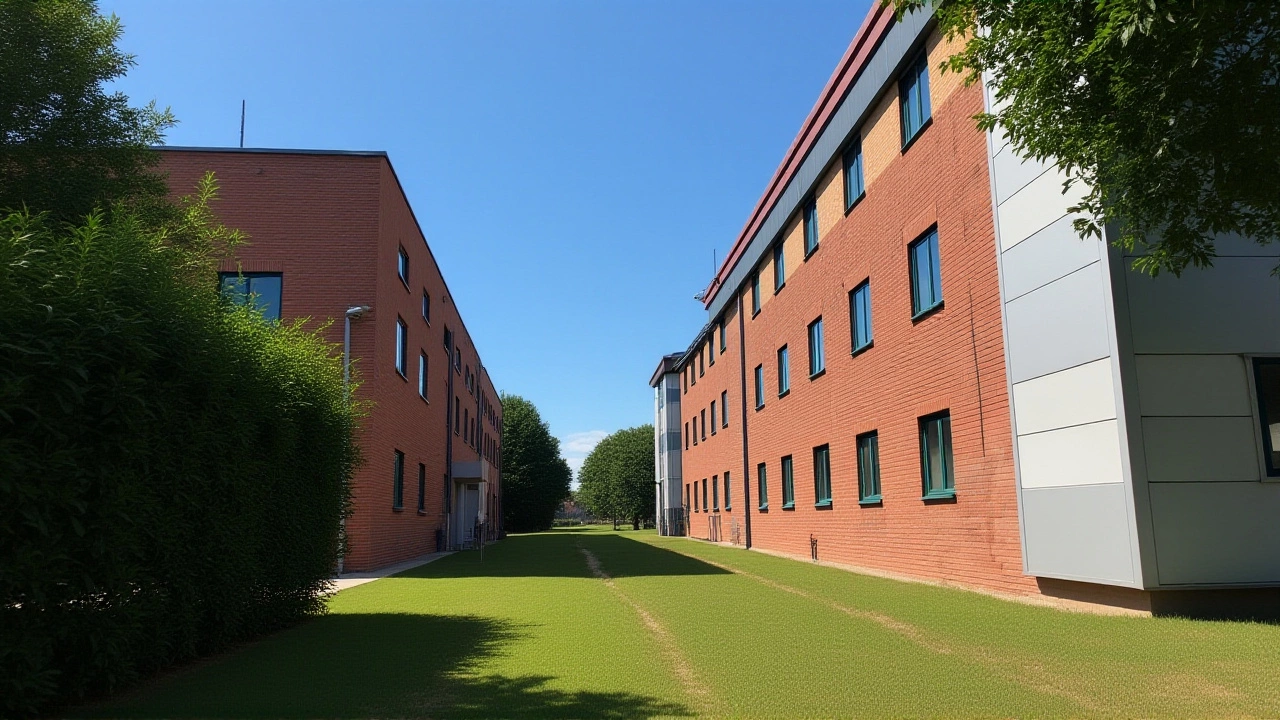Home Office: Your Guide to Remote Work Success
When setting up a Home Office, a dedicated space at home where you perform your professional duties. Also known as home‑based workspace, it becomes the hub for daily tasks, virtual meetings and creative thinking. A well‑designed remote work, the practice of doing your job from anywhere outside a traditional office setup relies on the same principles of focus and comfort that fuel office productivity. In fact, Home Office effectiveness often hinges on three pillars: ergonomic furniture, digital tools, and clear boundaries between work and personal life.
First, consider ergonomics, the science of designing a workspace that supports your body’s natural posture. An adjustable chair, a monitor at eye level and a supportive keyboard can cut fatigue by up to 30 % according to a recent health‑tech survey. When your body feels good, mental stamina follows, which directly boosts productivity, the ability to complete tasks efficiently and with high quality. Think of ergonomics as the foundation; without it, even the best software can’t keep you focused.
Key Elements of an Effective Home Office
Beyond furniture, the digital side matters. Cloud‑based collaboration suites, time‑tracking apps and noise‑cancelling headphones create a seamless workflow. These productivity tools enable you to share files instantly, schedule meetings across time zones, and block distractions. A recent case study showed teams using a combined suite of project‑management and communication tools cut meeting time by 22 % while increasing task completion rates. Pair the right tech with a tidy desk, and you get a feedback loop where efficiency fuels motivation, which then encourages better tool adoption.
Another critical piece is work‑life balance, the practice of separating professional responsibilities from personal time to maintain wellbeing. Setting clear start and end times, using a separate device for leisure, and taking regular breaks prevent burnout. Studies in remote‑work psychology reveal that workers who enforce a strict schedule report 40 % higher job satisfaction. The balance acts like a thermostat: when you keep the temperature of stress low, productivity stays high.
Location also plays a role. Choosing a quiet corner away from high‑traffic zones reduces background noise, which is essential for video calls and deep work. If space is limited, consider a portable standing desk that can be folded away after use. This flexibility mirrors the adaptability of remote work itself, which thrives on the ability to shift environments without losing momentum.
Lighting deserves attention too. Natural light boosts mood and keeps circadian rhythms in sync, while a desk lamp with adjustable brightness prevents eye strain during evening sessions. A simple rule: aim for at least 300 lux on your workspace; many productivity experts recommend this level for optimal focus.
Finally, don’t overlook the power of routine. Starting the day with a short planning session, reviewing priorities, and ending with a quick recap creates a mental framework that keeps tasks aligned. This habit ties together ergonomics, tools, and balance into a cohesive system, turning your Home Office into a high‑performance engine.
Below you’ll find a curated set of articles that dive deeper into each of these areas— from setting up ergonomic stations to mastering digital collaboration, and from boosting productivity metrics to protecting your personal time. Explore the collection and pick the tips that fit your style, then watch your home‑based work thrive.
Clearsprings Ready Homes' £60 m profit surge from UK asylum contracts sparks tax‑payer concerns, while charities push for a non‑profit accommodation model.
View Details

